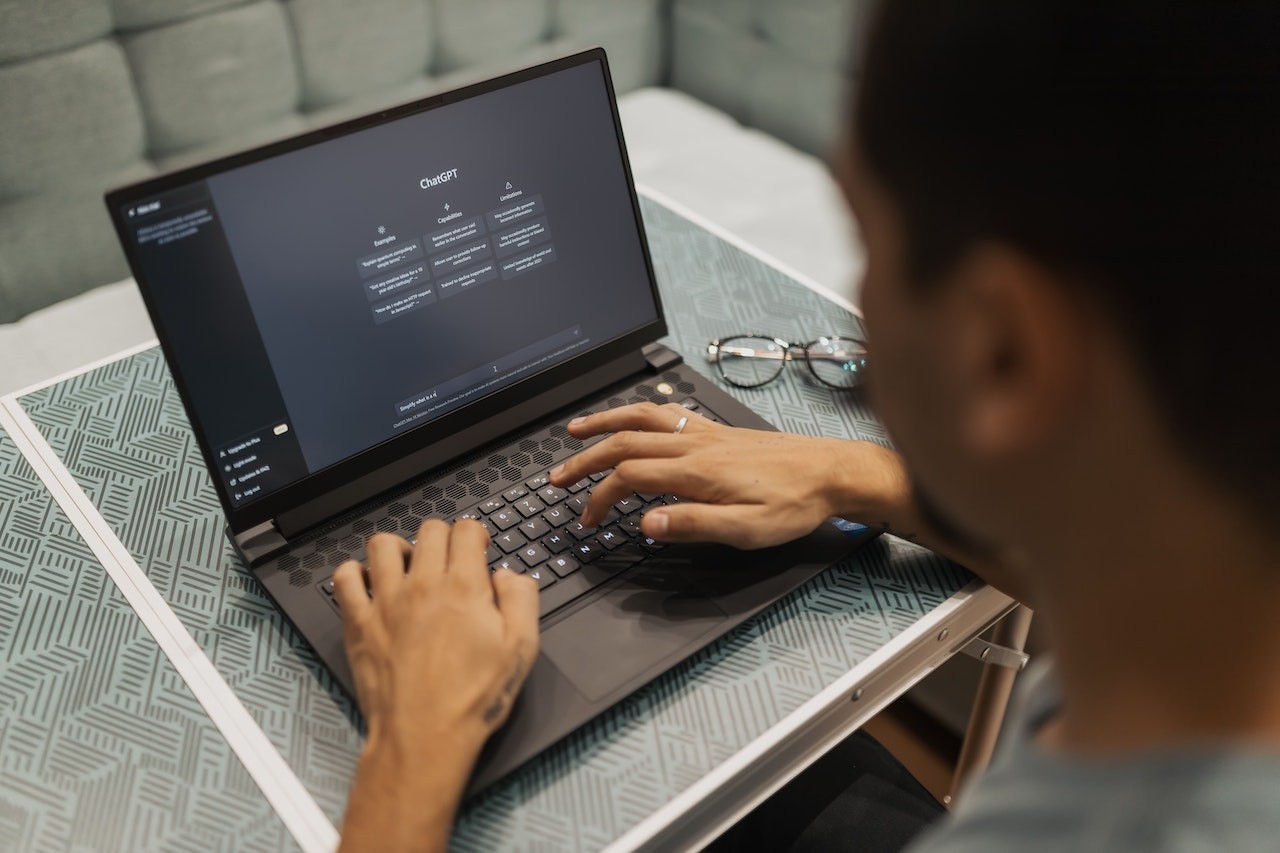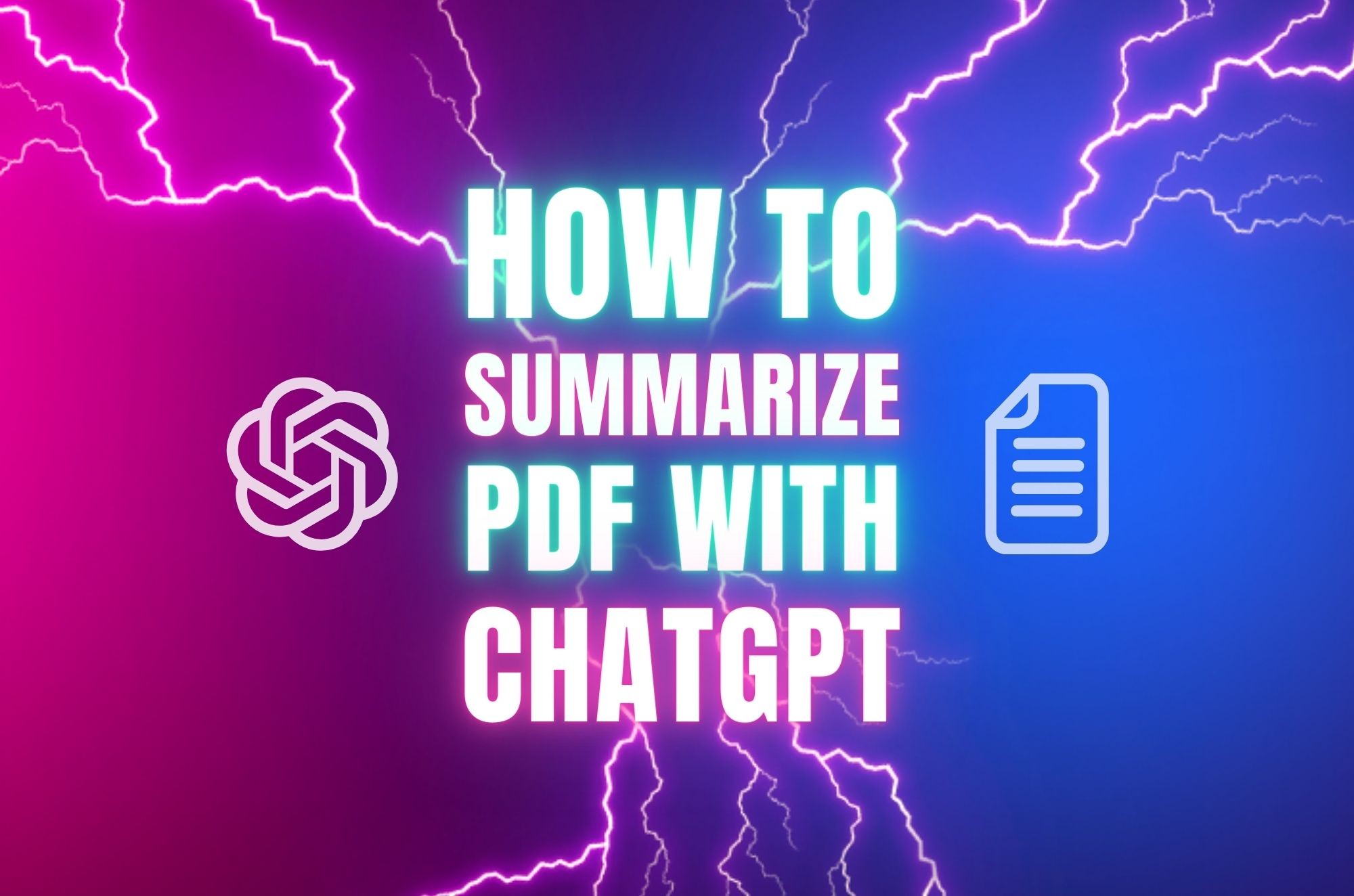Introduction
In the ever-evolving landscape of AI (artificial intelligence), OpenAI has once again made waves with its latest creation: GPTBot. This cutting-edge web crawler is poised to reshape how AI models like GPT-4 and future iterations (GPT-5) are developed and fine-tuned.
In this blog post, we delve into the world of GPTBot, exploring its mechanism, the control website owners have over its access, the legal and ethical debates surrounding its use, and the importance of transparency in the AI ecosystem.

Understanding GPTBot: The Next Frontier in Web Crawling
GPTBot stands as a powerful tool in the arsenal of AI development. Like other web crawlers, it navigates the internet, scouring for valuable data to bolster AI models' accuracy, capabilities, and safety. One of its distinguishing features is its recognizable user agent token - "GPTBot." This token is embedded in its user-agent string, which reads as follows:
User agent token: GPTBot
Full user-agent string: Mozilla/5.0 AppleWebKit/537.36 (KHTML, like Gecko; compatible; GPTBot/1.0; +https://openai.com/gptbot)
This signature (source: OpenAI) allows webmasters to identify GPTBot's presence on their sites.
The Mechanism Behind GPTBot: How It Operates
GPTBot's operation is a marvel of technology. It diligently scours the web for data, selectively filtering out paywall-restricted sources, those that violate OpenAI's policies, and sources that gather personally identifiable information. This selective approach ensures that only relevant and ethical data is collected. By collecting diverse and relevant data, GPTBot contributes to a more comprehensive data pool, ultimately enhancing the capabilities of AI models.
The unique aspect of GPTBot lies in the hands of website owners. They possess the power to decide whether GPTBot should access their websites. This level of control is essential for ensuring data privacy, security, and the overall impact of AI advancements.
Should You Block GPTBot?
As a webmaster or content creator, you should not take the decision to block GPTBot's access to your website lightly. Let's explore the pros and cons of blocking GPTBot, helping you make an informed choice for your digital domain.
Pros of Blocking GPTBot
1. Content Protection: By blocking GPTBot, you can prevent your content from being used in AI model training without explicit consent. This safeguard is especially crucial if you're concerned about your work getting repurposed without proper attribution.
2. Resource Preservation: Allowing web crawlers, including GPTBot, consumes server resources. Blocking GPTBot can help you conserve these resources, ensuring your website's optimal performance.
3. Control Over Data Usage: Blocking GPTBot empowers you to control how your web data is utilized. This level of control is essential in an age where data privacy and ownership are significant concerns.
Cons of Blocking GPTBot
1. Limiting AI Progress: AI models thrive on diverse and extensive datasets. By blocking GPTBot, you might inadvertently hinder AI advancements by withholding valuable information that could contribute to improved models.
2. Missed Exposure: Allowing GPTBot to access your content can increase your exposure. If your content is relevant and valuable, it could be used to enhance AI models, leading to increased visibility for your website.
3. Limited Control: While blocking GPTBot is an option, it's not a foolproof method to prevent your content from being used for AI training. Other web crawlers or processes could still access your content, making it challenging to maintain complete control over your digital presence.

Making the Decision
Ultimately, the decision to block GPTBot hinges on your priorities and concerns as a webmaster. If preserving your content's integrity and maintaining control over its usage is paramount, blocking GPTBot might align with your values. However, if you're open to contributing to AI advancement while safeguarding your work, allowing GPTBot could be beneficial.
It's worth considering the potential compromise between these two extremes. Granting partial access to GPTBot, by specifying directories it can explore allows you to contribute to AI progress while retaining control over specific content areas.
Ultimately, the choice should reflect your stance on data privacy, content usage, and vision for the digital landscape's future. Whether you block, allow, or partially restrict GPTBot's access, remember that your decision shapes the evolving relationship between AI and the web.
How to block GPTBot's access?
The control granted to web administrators is pivotal to GPTBot's implementation. Website owners can utilize the robots.txt file to determine GPTBot's access privileges. Adding specific directives to this file allows them to permit or deny GPTBot's presence on their site.
For instance, to restrict GPTBot from accessing their entire website, webmasters can include the following directive:
User-agent: GPTBot
Disallow: /
In cases where you want to give partial access, you can customize the directories that GPTBot can explore. This level of granularity provides website owners with the flexibility to shape GPTBot's influence on their site.
User-agent: GPTBot
Allow: /directory-1/
Disallow: /directory-2/
Legal and Ethical Considerations: Debates Around GPTBot's Use
The advent of GPTBot has ignited a spirited debate within the tech community regarding the ethics and legality of employing scraped web data for training proprietary AI systems. The unique self-identification of GPTBot allows web administrators to block it via robots.txt. However, the question of benefit arises, especially when compared to traditional search engine crawlers that drive traffic.
One of the most significant concerns revolves around using copyrighted content without proper attribution. Currently, AI-generated content lacks proper citations. Furthermore, questions arise about how GPTBot handles licensed media, such as images, videos, and music on websites. If this media becomes part of AI model training, it could infringe upon copyright laws.
While GPTBot's self-identification is a positive step toward transparency, lingering questions about data usage and the intentions behind AI products remain. The broader AI community grapples with ownership, fair use, and the incentives driving web content creators. As AI technologies advance astonishingly, the importance of transparency becomes more pronounced.

Conclusion
GPTBot is poised to reshape the landscape of AI development and training. Its ability to collect data from the web brings both potential and responsibility. As we explore the legal, ethical, and transparency considerations surrounding GPTBot, we are reminded that ethical considerations and a commitment to transparency must accompany technological progress. As AI models evolve, so must our understanding of their impact on the digital realm.
Ultimately, GPTBot represents a critical juncture in technology, ethics, and data management. It's crucial that we navigate the complexities of AI implementation with care to fully harness its potential advantages for society. Maintaining transparency and honoring the rights of website owners are fundamental principles that must be upheld throughout this process.



